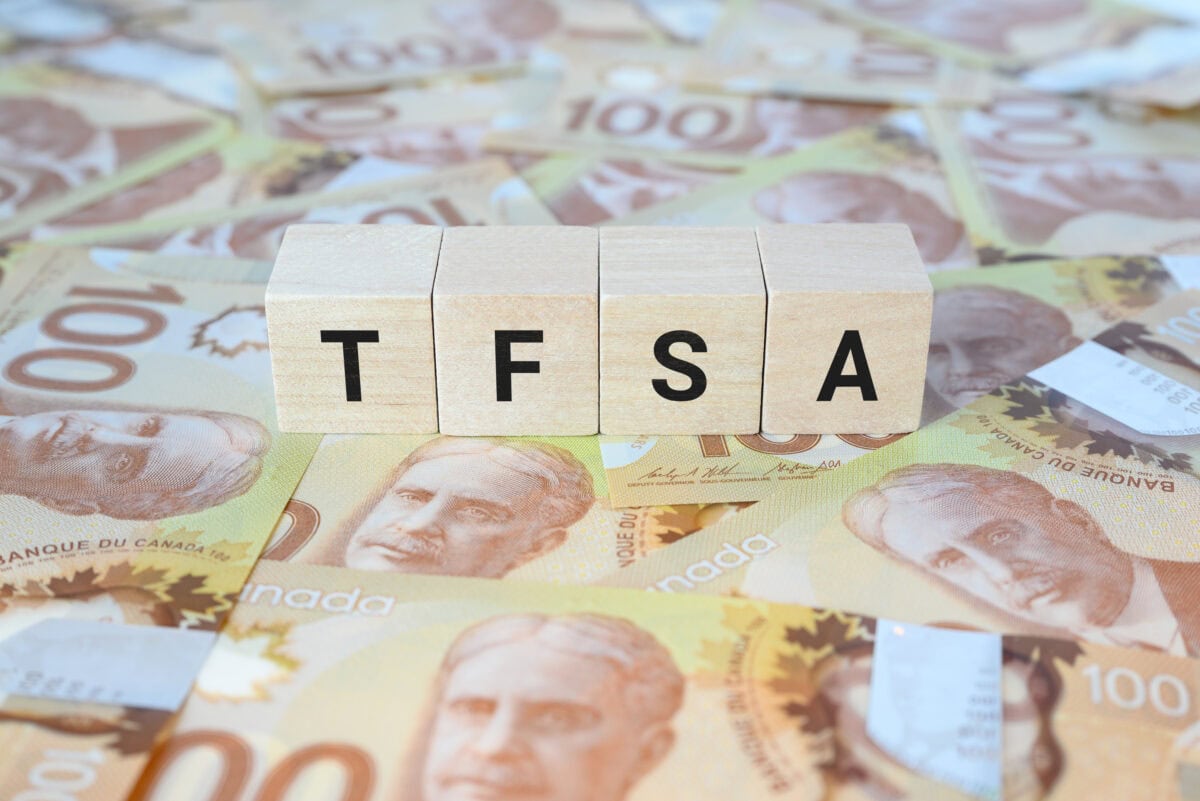A proven strategy to create generational wealth is to invest in inflation-beating asset classes over a long-term horizon, allowing the power of compounding to work its magic. Equity is one asset class that has consistently outpaced inflation over time. So, Canadian investors and households should consider allocating a majority of their savings towards equities and benefit from steady returns in the next two decades.
Moreover, Canadian residents should look to leverage the benefits offered by registered accounts such as the Tax-Free Savings Account (TFSA) and the Registered Retirement Savings Plan (RRSP). For example, investing in the RRSP will help you lower your tax liability each year. So, if you earn $100,000 each year, you can invest up to $18,000 in the RRSP, lowering your taxable income to $82,000. Alternatively, the TFSA is tax-sheltered, which means any returns generated in the account are exempt from taxes.
You can hold financial instruments such as stocks, bonds, mutual funds, and exchange-traded funds in these accounts and diversify portfolio risk. So, let’s see how you can invest $10,000 and see the capital grow to $100,000.
Invest in ETFs such as the S&P 500 index
The best way for new investors to gain exposure to the equity markets is to buy and hold low-cost, passive funds that track indices such as the S&P 500. An investment of $10,000 in the S&P 500 back in May 1997 would be worth close to $100,000 today, indicating an annual return of almost 9%.
However, in this time frame, investors have wrestled with several economic downturns, such as the dot-com bubble, the great financial crash, the COVID-19 pandemic, and the bear market of 2022.
In the last six decades, the S&P 500 index has returned 10% annually to investors after adjusting for dividend reinvestments. The index provides exposure to some of the world’s largest companies, such as Apple, Microsoft, and Nvidia, and investing in it will help you beat the majority of Wall Street investors.
Invest in growth stocks
Investors with a higher risk appetite can buy and hold quality growth stocks in a TFSA or RRSP. It’s essential to identify companies that enjoy a significant moat, pricing power, and the ability to thrive across market cycles.
One such fintech company is Nu Holdings (NYSE:NU), which has a market cap of US$53 billion. Nu is a digital bank with a sizeable presence in Brazil and is now gaining traction in other Latin American markets. Part of Warren Buffett’s portfolio, Nu has tripled returns since the start of 2023 and trades at an attractive valuation.
With more than 100 million customers, Nu increased sales by 64% to US$2.7 billion while its net income grew 167% to US$379 million. Priced at 27 times forward earnings, NU stock is quite cheap and trades at a 20% discount given consensus price targets.
The Foolish takeaway
Investors should allocate around 80% of their equity investments towards index funds and the rest towards quality individual stocks. Additionally, these investments should be held for at least a decade to benefit from the power of compounding.
 Act Fast: 75 Only!
Act Fast: 75 Only!








